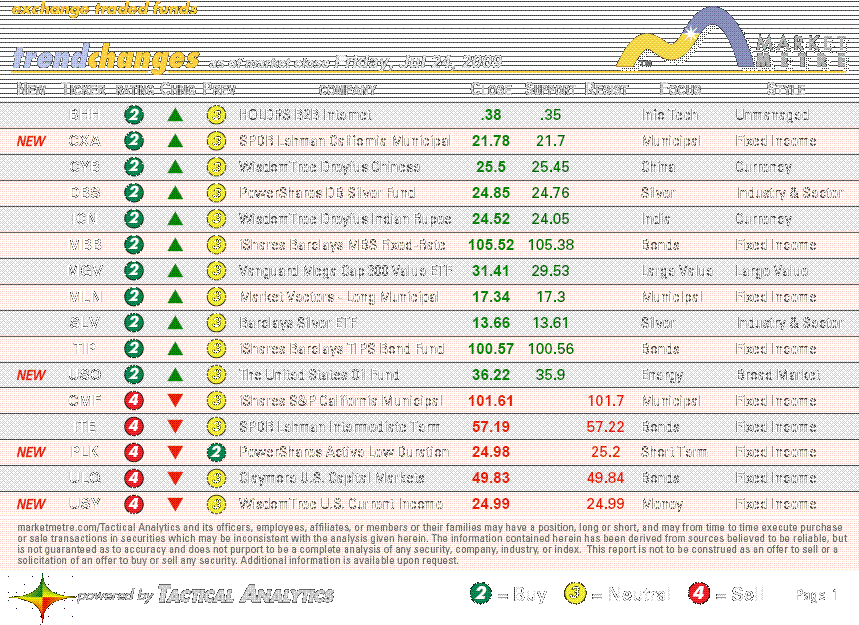Barclays Global ETFs Shunned by Fidelity Vanguard 401(k) Plans
Post on: 4 Июнь, 2015 No Comment

Office of Barclays Global Investors
June 6 (Bloomberg) — Barclays Global Investors is struggling to break into the $2.4 trillion 401(k) market because the biggest U.S. retirement-plan managers wont offer exchange-traded funds, the companys hottest-selling product.
Barclays Global is the worlds largest ETF manager, with assets increasing an average 86 percent annually in the past six years to $363 billion. Less than 1 percent of the San Francisco-based companys exchange-traded funds are in 401(k) retirement plans.
Fidelity Investments and Vanguard Group, which together manage more than $1 trillion for 401(k) plans, say ETFs are for traders, not long-term investors, and their customers arent asking for them.
«Intraday trading is inconsistent with the goal of a 401(k) plan, said Rebecca Cohen. a spokeswoman at Valley Forge, Pennsylvania-based Vanguard, the No. 2 U.S. mutual-fund manager behind Fidelity. The company, which oversees $320 billion in employer-sponsored retirement plans, makes its 30 ETFs available to investors outside of 401(k) accounts.
The plans offer tax-deferred savings and dont guarantee a fixed payment upon retirement like a traditional pension. Instead, the value depends on the amount employees contribute to the plan and the performance of the investments they choose. The number of Americans with 401(k) plans almost doubled to 61 million in the decade ended 2005, according to the Investment Company Institute, the mutual-fund industrys Washington-based trade group.
Trading Costs
ETFs were introduced in 1993 to give investors exposure to market indexes such as the Standard & Poors 500. Managers now offer funds that mimic the performance of narrower groups of stocks including gold producers, waste-management companies and semiconductor makers.
The assets of ETFs jumped fivefold to $444 billion in the U.S. during the past five years, data compiled by the Investment Company Institute show. Investors in the funds pay a brokers commission that typically starts at $7 a trade. That, and the complexity of tracking ETFs within 401(k) accounts, can make them prohibitively expensive in the retirement plans.
«There are a few problems, said Lee Kranefuss. head of Barclayss ETF unit, in an interview in New York. «One is a plumbing problem and one is a motivation problem.
Exchange-traded funds have advantages over index mutual funds, according to Barclays, a unit of London-based Barclays Plc, Britains third-largest bank. Investors can trade them throughout the day, invest in indexes not covered by conventional funds, and pay management fees of about $36 for every $10,000 of assets, compared with $72 for index mutual funds.
State Street
Retirement-plan providers would need new computer systems to handle ETFs because current programs for mutual funds set prices at the end of each trading day, said Kranefuss, 45.
«There is a long list of things they are trying to fix, he said. «There will have to be a threat to cause people to put ETFs at the top of the queue.
Fidelity spokesman Steve Austin said there has been «virtually no demand for ETFs among our plan-sponsor clients. The Boston-based firm had $747 billion in 401(k) plans at the end of 2006.
CitiStreet, a joint venture between Boston-based State Street Corp. and New York-based Citigroup Inc. that oversees $217 billion of U.S. retirement and benefit plans, doesnt offer ETFs for the same reason, said Executive Vice President Lynne Shapiro-Smith. State Street is the second-largest ETF manager, with $114 billion of assets.
Barclays Global announced May 29 that it will make ETFs available to 401(k) plan sponsors and financial advisers through BenefitStreet Inc. which administers $8 billion of retirement plans. BenefitStreet in San Ramon, California, will consolidate ETF trades from all the plans it runs on a daily basis to reduce costs.
Barclays Global manages $1.8 trillion for clients, making it the worlds second-biggest fund group after Zurich-based UBS AG. The division earned 714 million pounds ($1.42 billion) before taxes last year, up 32 percent from 2005. The profit was 10 percent of the companys total.
To contact the editor responsible for this story: Larry Edelman at ledelman3@bloomberg.net.














